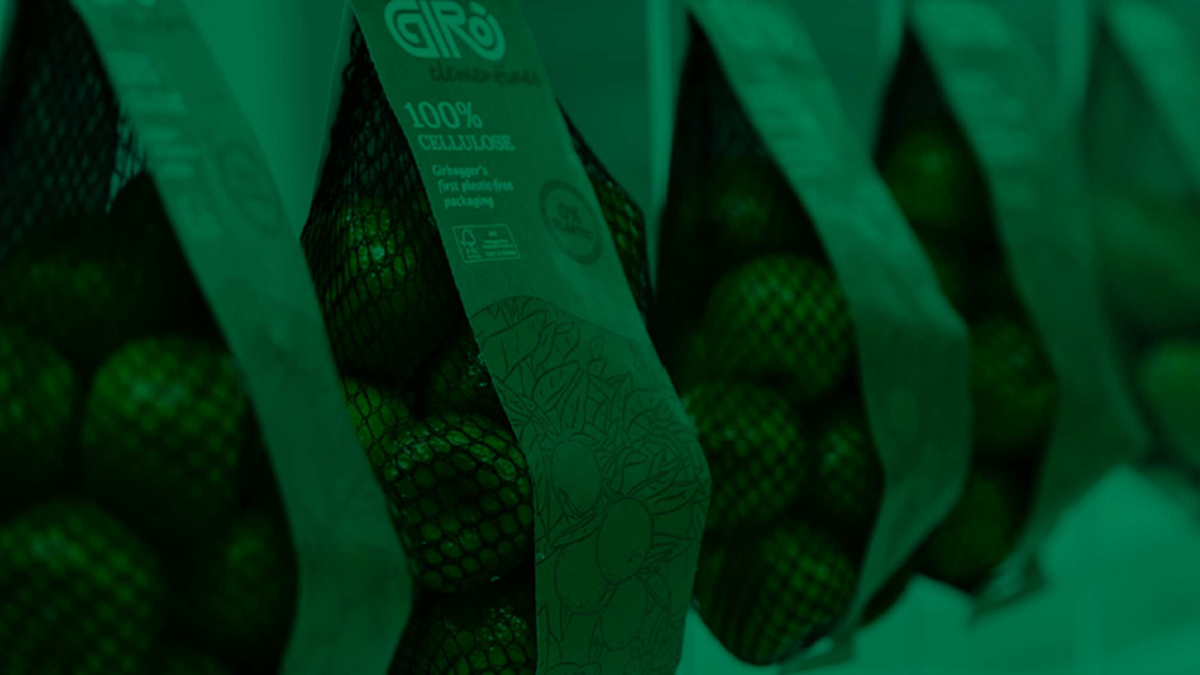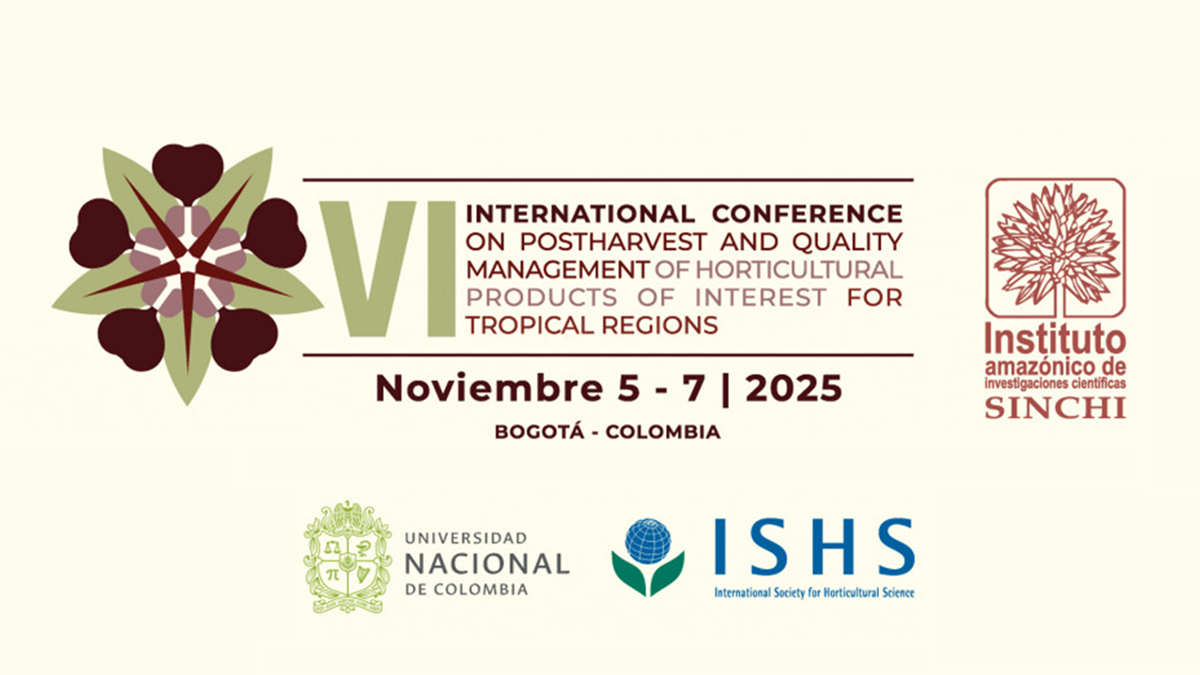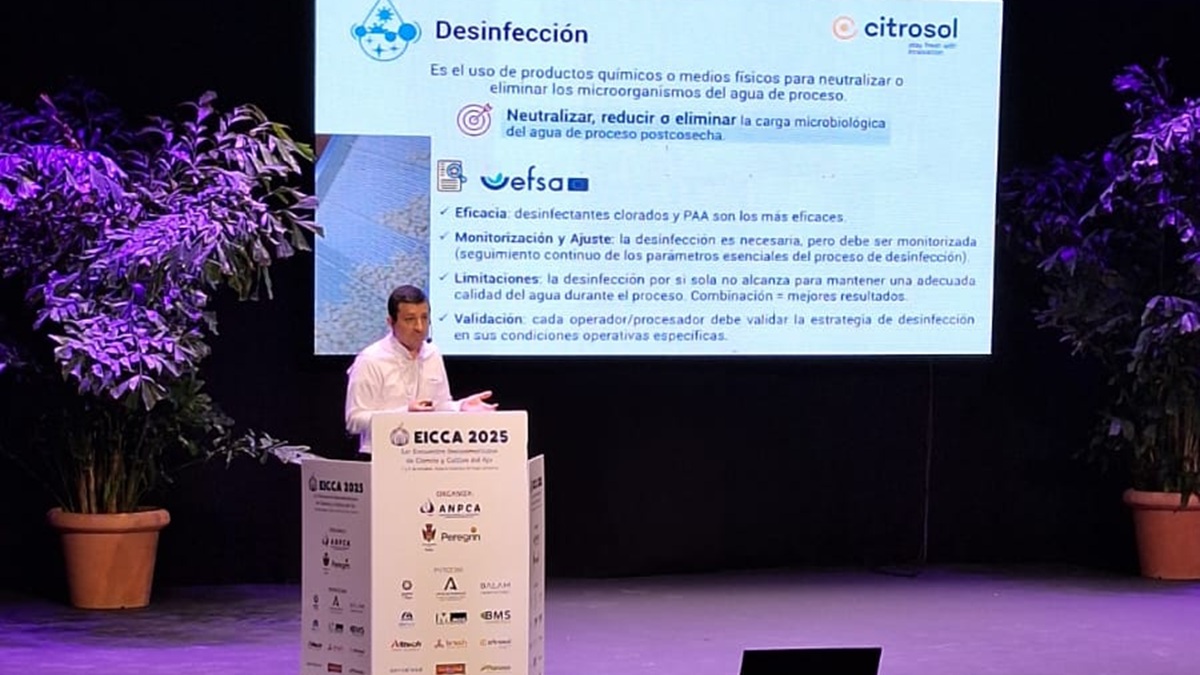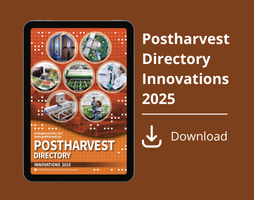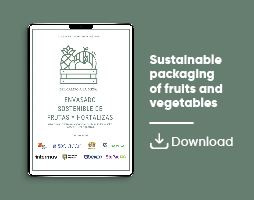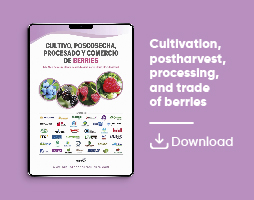News
New Recommendations for the Postharvest Conservation of Romaine Lettuce
The technical review from the Postharvest Research and Extension Center gathers the latest data on the physiology, storage, and quality of the product

The postharvest handling of romaine lettuce (Lactuca sativa) continues to be an active area of research due to its high sensitivity to environmental factors and its importance in the fresh and fresh-cut vegetable industry. A recent update from the Postharvest Research and Extension Center (PREC) at the University of California, Davis, compiles the latest results on the quality, physiology, and conservation of this crop, providing new guidance to optimize its shelf life and minimize damage during storage and transport.
Optimal storage conditions and shelf life
The report indicates that romaine lettuce should be stored at 0 °C (32 °F) and with a relative humidity above 95%, conditions that allow maintaining a shelf life of approximately 21 days. At 5 °C (41 °F), the period is reduced to about two weeks, provided that no ethylene is present in the environment.
The technical team recommends the use of rapid cooling systems such as vacuum cooling, hydro-vacuum cooling, or hydrocooling, which are more effective than forced-air cooling methods that tend to cause greater moisture loss. The choice of cooling technique and the speed of the process are key to preserving crisp texture and product appearance.
 Quality scale (1–4) for romaine lettuce
Quality scale (1–4) for romaine lettuce
Ethylene sensitivity and atmospheric control
Romaine lettuce shows high sensitivity to ethylene, even at concentrations as low as 1 ppm. Exposure to this gas causes yellowing and brown spotting along the midribs, in addition to promoting physiological disorders and disease development.
The document recommends the use of controlled atmospheres with low oxygen (1–3%) and temperatures between 0 and 5 °C (32–41 °F) to reduce respiration rates and the effects of ethylene. However, CO₂ concentrations above 5% can induce brown stain, a disorder characterized by brown depressed areas on the midribs.
For fresh-cut lettuce, packaging in atmospheres with low O₂ (<1%) and high CO₂ (7–10%) is used to limit surface browning, although romaine shows lower CO₂ tolerance compared to iceberg lettuce.
Physiological disorders and preventive measures
The team led by Marita Cantwell (UC Davis) identifies several postharvest disorders that affect the commercial quality of romaine lettuce:
-
Russet spotting, or brown marks induced by ethylene.
-
Tipburn, related to field conditions and mineral nutrition.
-
Brown stain, caused by excessive CO₂.
-
Pink rib, associated with overmature heads or storage at high temperatures.
-
Mechanical damage and wilting due to water loss or improper handling.
To minimize these issues, the report recommends reducing the time between harvest and cooling, maintaining temperatures below 2.5 °C (36 °F), and avoiding exposure to high CO₂ or ethylene environments.
 Romaine lettuce with discoloration due to mechanical damage
Romaine lettuce with discoloration due to mechanical damage
Respiration physiology and metabolism
Data compiled by UC Davis show that the respiration rate of romaine lettuce ranges from 4–6 ml CO₂/kg·h at 0 °C (32 °F) to 45–65 ml CO₂/kg·h at 25 °C (77 °F). Younger leaves exhibit higher respiration activity and therefore lower postharvest stability.
Although ethylene production is low (0.1–1 μL/kg·h), mechanical damage or cutting significantly increases its emission, accelerating browning. The higher susceptibility of romaine compared to iceberg is attributed to its greater content of phenolic compounds.
Research on LED lighting and hydroponics
The report also highlights ongoing studies on the effect of red and blue LED lighting on the quality of hydroponically grown lettuce. Findings from the Jiangsu Academy of Agricultural Sciences (China) and UC Davis show that light intensity and spectrum directly affect color, pigment content (chlorophylls and carotenoids), and shelf life during storage.
These observations open new perspectives for controlled and sustainable production of romaine lettuce, aiming to improve product quality and reduce losses across the supply chain.
Main postharvest diseases
The document identifies several pathogens that affect the product during storage:
-
Bacterial soft rot (Erwinia spp.), producing watery lesions with an unpleasant odor.
-
Bacterial leaf spot (Pseudomonas spp.), causing dry, dark lesions.
-
Fungal rots caused by Sclerotinia or Botrytis cinerea, distinguishable by the presence of spores.
The most effective strategies for disease control include trimming outer leaves, rapid cooling after harvest, and maintaining a stable temperature close to 0 °C (32 °F).
Source
Cantwell, M., Li, P., Zhang, Y., Hu, H., Liu, X., Kulchin, N., & Donis-González, I. R. (September 2025). Lettuce (Romaine and Loose-Leaf) Produce Fact Sheet. Postharvest Research and Extension Center, University of California, Davis. Available at: https://postharvest.ucdavis.edu (Accessed October 2025).


